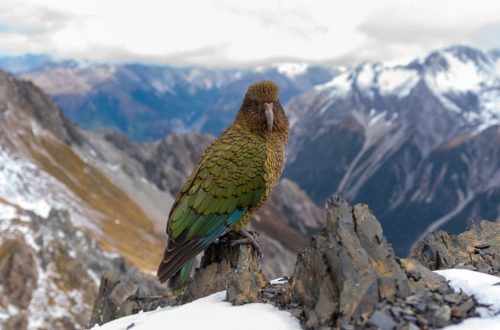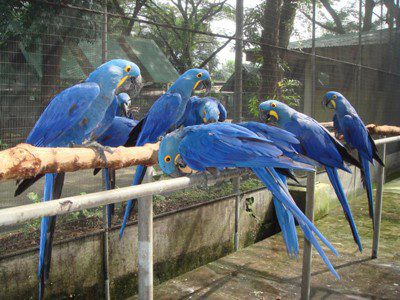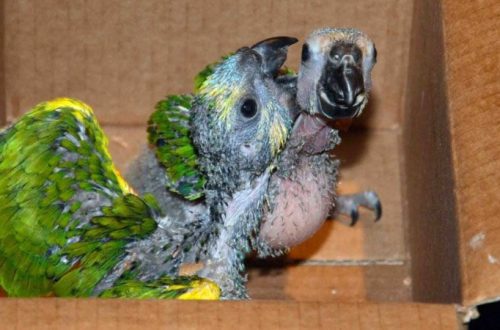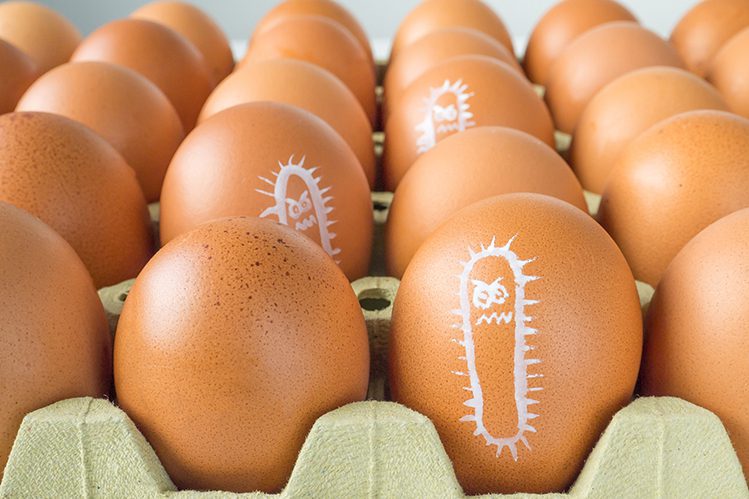
salmonellosis in parrots
Salmonellosis is a dangerous disease that, unfortunately, is common in parrots and other birds. How does infection occur, can salmonellosis be cured and is it dangerous for humans? About this in our article.
Salmonellosis is an acute infection that affects the gastrointestinal tract and leads to intoxication.
The causative agents of the disease – salmonella – intestinal rod-shaped bacteria. When ingested, they colonize the intestinal walls and release a toxin that causes severe dehydration, disrupts vascular tone and damages the nervous system.
Most often, salmonellosis in parrots develops for two reasons:
- Water and food contaminated with salmonella
This is the most common reason. At first, you might wonder: how does contaminated food get to a parrot? However, the possibilities are many.
Poor-quality grain mixtures or feeds with damaged packaging may contain mouse and rat droppings. Rodents (as well as shrimp, fish, birds, and many other animals) are potential carriers of salmonellosis. If a parrot eats infected rodent droppings along with grain or if you give him unsterilized eggshells as a mineral supplement, infection is guaranteed!

- Infected birds – neighbors
There is an important rule in caring for parrots. Only those birds that have already passed the inspection can be placed in a cage with an existing pet, and only after the quarantine period! This measure allows you to identify diseases in new neighbors (salmonellosis is only one of them) and protect a healthy parrot from them.
If a carrier is planted with a parrot, even for a very short time, it is 100% likely to get sick. With low immunity, infection will occur almost instantly.
Some birds are carriers of salmonellosis. In appearance, they may seem completely healthy, they do not show symptoms of the disease. But a healthy bird will become infected upon contact with the carrier.
In small and medium parrots, salmonellosis develops at an astonishing rate. An immunocompromised bird can die within a day.
The first symptom of salmonellosis in parrots is a general malaise. The parrot sits ruffled and does not show interest in what is happening. Such behavior is already an alarming symptom in itself, and a caring owner should immediately take the pet for examination to a veterinarian.
It is very important for people who have got a parrot for the first time to learn the rule: if it seems to you that the pet is bad, it is so. The body of a parrot “endures” to the last, and shows signs of malaise only when there really is a serious problem. Without an ornithologist you can not cope with it.
The “classic” sign of salmonellosis is severe diarrhea. Bacteria attack the intestines and cause dehydration. The parrot loses precious water and nutrients. The body weakens very quickly.
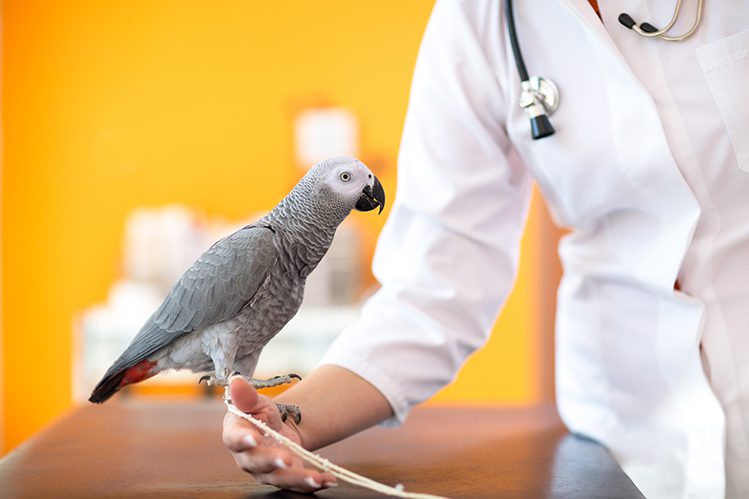
It is possible to cure salmonellosis in a parrot, but only if you contact a specialist (ornithologist) as soon as possible. Procrastination, like self-medication, will be fatal. Parrots, especially small ones, are very fragile creatures. Severe infections affect them very quickly.
There are times when salmonellosis “freezes” and becomes chronic. A parakeet with chronic salmonellosis may appear healthy, but the disease will slowly undermine its health. And, of course, an infected bird becomes dangerous to others.
Salmonellosis is a disease that can be transmitted from a parrot to humans.
Of course, salmonellosis is not as dangerous for us as it is for parrots, but long-term drug treatment is indispensable. Therefore, in contact with an infected bird, a cage and its attributes, all precautions must be observed.
The best prevention of salmonellosis and many other diseases in a parrot is responsible feeding and management.
Take care of your pets. We wish their health to be exemplary!



